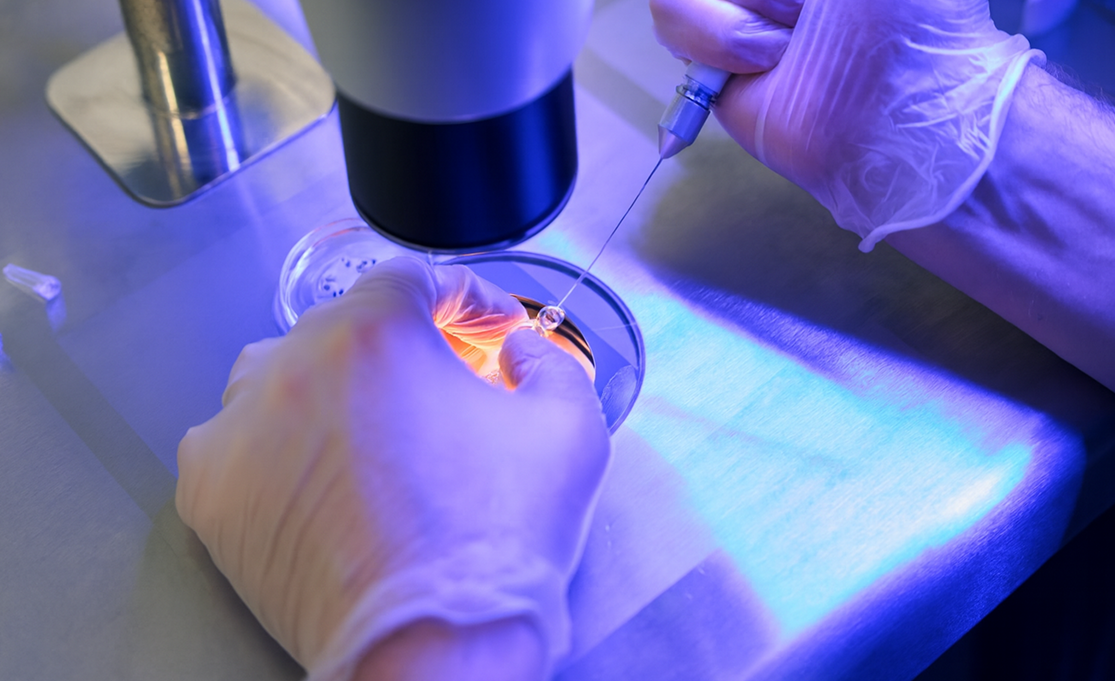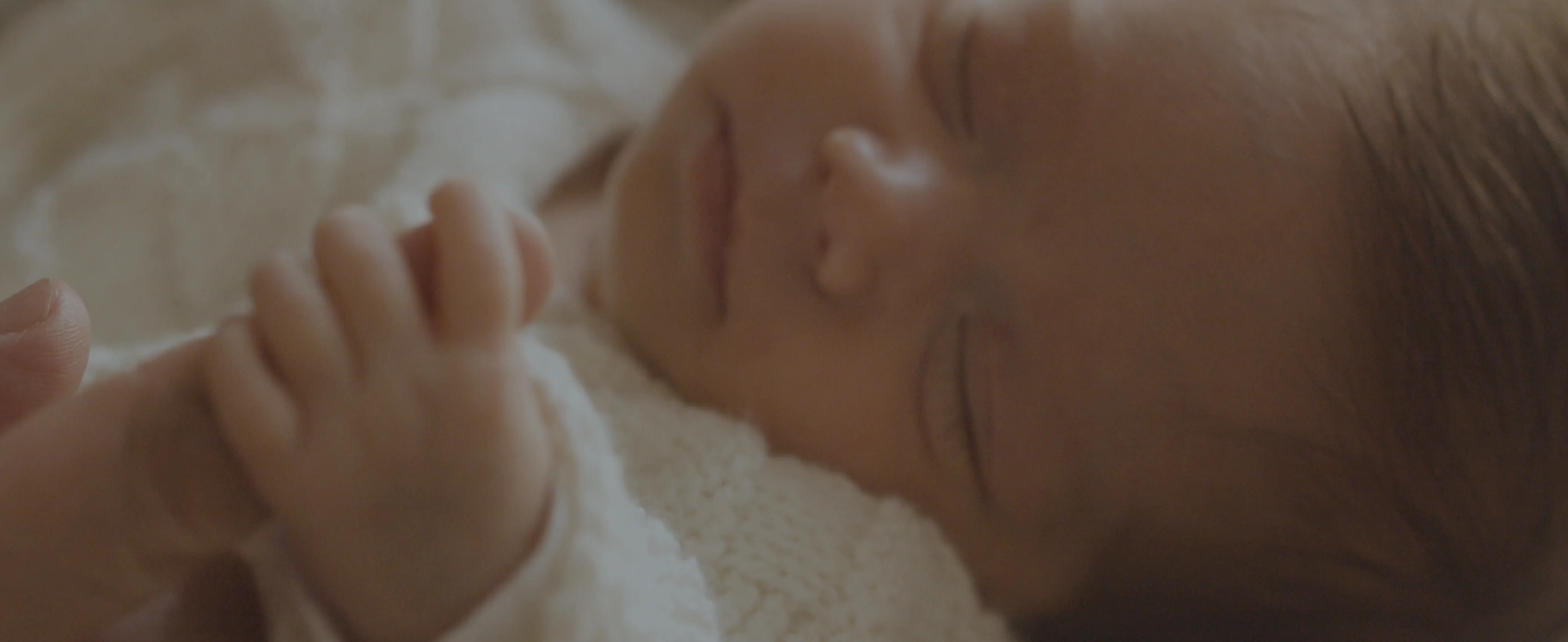Home›Treatments›Advanced Treatments›Blastocyst Transfer
Blastocyst Transfer
Why Blastocyst Transfer Can Make a Difference in Your IVF Journey
What blastocyst Means
A blastocyst is an embryo about 5-6 days after fertilization, developed to the stage where it's ready to implant in the uterus.
Why It's Performed
Only the strongest embryos become blastocysts, and transferring them enhances implantation and pregnancy success.
Higher Pregnancy Rates
Embryos transferred at the blastocyst stage are more likely to implant successfully and result in a healthy pregnancy.
Better Embryo Selection
Culturing embryos for 5-6 days helps identify and select the most viable ones for transfer.
Lower Risk of Multiple Pregnancies
Since the success rate per embryo is higher, fewer embryos are transferred, reducing the risk of twins or triplets.
Blastocyst Transfer Benefits
Blastocyst transfer suits those with good embryos, past IVF failures, or who want higher success with lower multiple pregnancy risk.
High Pregnancy Rates
Cutting-Edge Technology
Our labs use time-lapse monitoring and precision culture systems for the best embryo development.

A journey nurturing your embryo from creation to conception.
Egg Fertilization
Eggs are fertilized in the lab using advanced IVF or ICSI techniques for precise results.
Embryo Culture
Embryos are cultured in specialized incubators for 5-6 days until they reach the blastocyst stage.
Embryo Selection & Transfer
The best-quality blastocyst(s) are selected and gently transferred into the uterus for higher success.
Implantation & Pregnancy
After transfer, the blastocyst implants into the uterine lining, marking the start of pregnancy.
90%
Embryos are nurtured in optimal lab conditions for 5–6 days, allowing natural and strong development.
Inspiring stories of strength & Victories
Your dream of parenthood deserves the best. Our specialists offer advanced fertility treatments for higher success.

